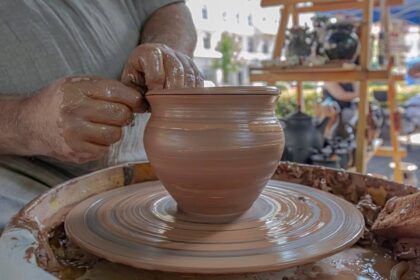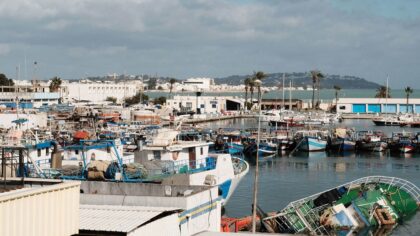
- Over 30 EU member states and neighbouring countries
- Thousands of km of land and sea borders
- €1 billion
European Neighbourhood Instrument Cross-Border Cooperation (ENI CBC) is building on the achievements of its predecessor, ENPI CBC, which has generated 7.000 applications, involving over 37.000 organisations and leading to the approval of nearly 1.000 projects.
WHAT ARE THE ENI CBC PROGRAMMES?
A total of 15 programmes will be implemented under ENI CBC. They cover 12 land borders, one sea crossing and three sea basins, stretching from Finland and Russia in the north, to countries like Hungary and the Ukraine in the east, and Italy, Northern Africa and the Middle East in the south.

Black Sea Basin
The programme aims to improve the welfare of the...
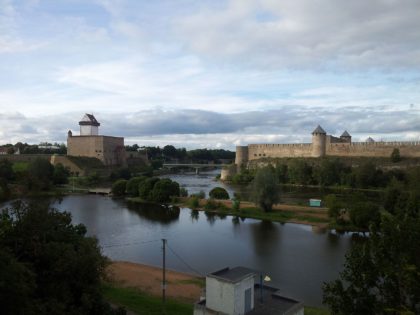
Estonia-Russia
The programme aims to promote cooperation across the borders...
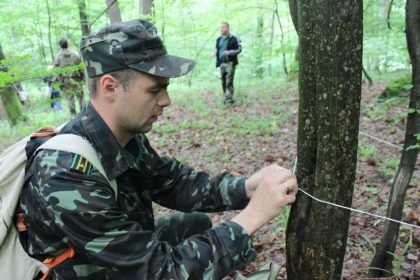
Hungary-Slovakia-Romania-Ukraine
The Hungary-Slovakia-Romania-Ukraine programme aims to promote activities which will...
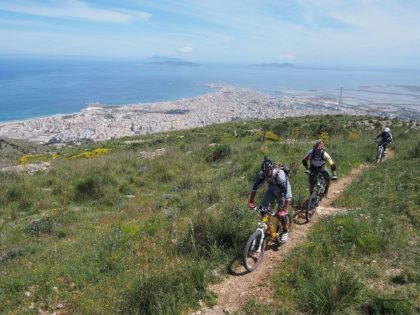
Italy-Tunisia
The cooperation area of the Italy-Tunisia ENI CBC Programme...
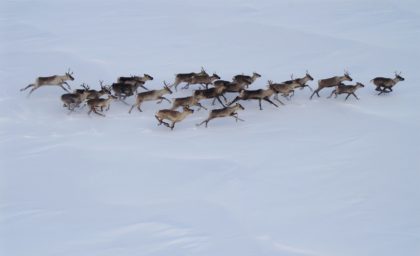
Karelia
The Karelia CBC Programme enhances cooperation between border Finnish...
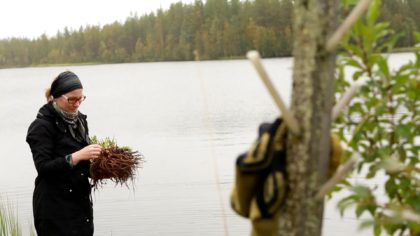
Kolarctic
The overall aim of the Programme is to promote...
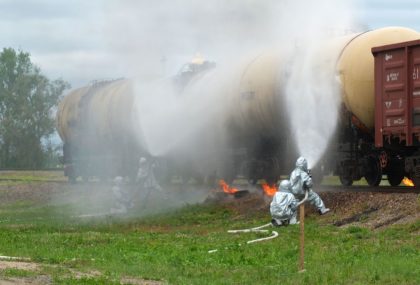
Latvia-Lithuania-Belarus
This programme aims to strengthen relations, raise capacities and...
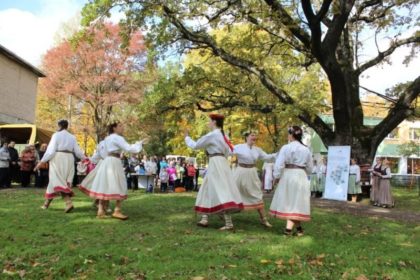
Latvia-Russia
The programme contributes to strengthening relations between Latvia and...
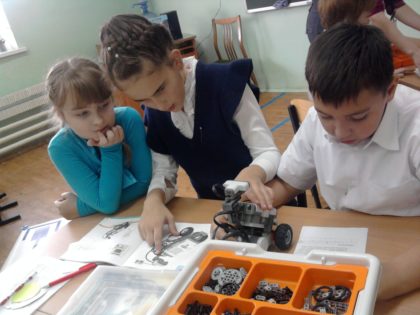
Lithuania-Russia
The Programme area lies to the east of the...

Mediterranean Sea Basin
The ENI CBC Mediterranean Sea Basin Programme 2014-2020 aims...
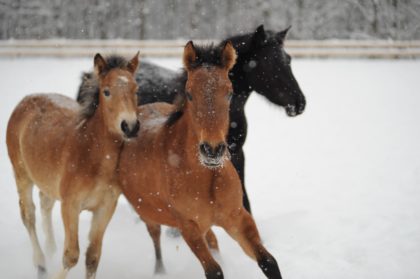
Poland-Belarus-Ukraine
The overall objective of the Poland-Belarus-Ukraine Programme is to...
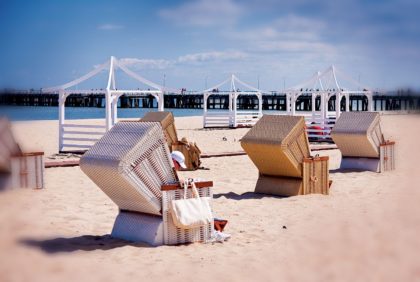
Poland-Russia
The main objective of the Poland-Russia CBC Programme 2014-2020...
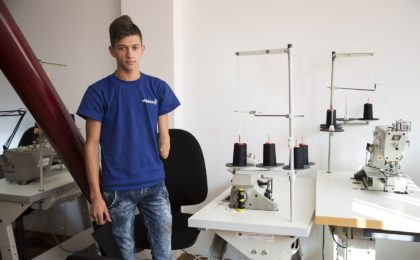
Romania-Republic of Moldova
The Romania-Republic of Moldova Programme tries to enhance economic...
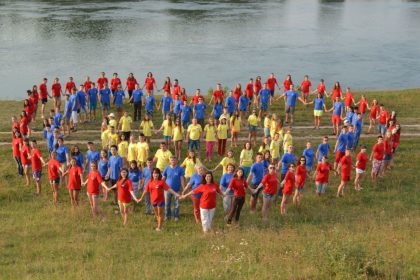
Romania-Ukraine
The general objective of the Romania-Ukraine Programme is to...

South-East Finland-Russia
This programme aims to contribute to economic and social...
OBJECTIVES OF THE ENI CBC PROGRAMMES
Building on these achievements, ENI CBC promotes cooperation under the following objectives:
- To promote economic and social development in regions on both sides of common borders
- To address common challenges in environment, public health, safety and security
- For promotion of better conditions and modalities for ensuring the mobility of persons, goods and capital.
“The most interesting thing is to work with so many different countries and to see how, despite all difficulties and obstacles, you manage to find a solution and to take a step forward.
Ms Bodil Persson, DG NEAR, European Commission
It is very rewarding to observe all the goodwill the participating countries invest into these programmes, and you really get a feeling that you contribute to something that will be useful in the regions where the projects will be carried out. We believe that this will indeed lead to some positive results for people in the border regions which are often very poor, and that is a big accomplishment in itself.”
PROGRAMME STRATEGIES
Building on the main ENI CBC objectives, the strategy for each of the 15 programmes is built around up to 4 of the following themes:
- BUSINESS AND SME DEVELOPMENT
- SUPPORT TO EDUCATION, RESEARCH, TECHNOLOGICAL DEVELOPMENT AND INNOVATION
- PROMOTION OF LOCAL CULTURE AND PRESERVATION OF HISTORICAL HERITAGE
- PROMOTION OF SOCIAL INCLUSION AND FIGHT AGAINST POVERTY
- SUPPORT TO LOCAL AND REGIONAL GOOD GOVERNANCE
- ENVIRONMENTAL PROTECTION, AND CLIMATE CHANGE MITIGATION AND ADAPTATION
- IMPROVEMENT OF ACCESSIBILITY TO THE REGIONS, DEVELOPMENT OF SUSTAINABLE AND CLIMATE-PROOF TRANSPORT AND COMMUNICATION NETWORKS AND SYSTEMS
- COMMON CHALLENGES IN THE FIELD OF SAFETY AND SECURITY
- PROMOTION OF AND COOPERATION ON SUSTAINABLE ENERGY AND ENERGY SECURITY
- PROMOTION OF BORDER MANAGEMENT, BORDER SECURITY AND MOBILITY
- OTHER AREAS LIKELY TO HAVE A SUBSTANTIAL CROSS-BORDER IMPACT
OTHER PROGRAMMES AND PARTNERSHIPS
In this section, you will find information and links to other programmes and structures relevant to ENI CBC.
EU POLICIES AND INSTITUTIONS:
OTHER EU PROGRAMMES, STRATEGIES OF CROSS-BORDER, REGIONAL COOPERATION:
ENI CBC
STORIES
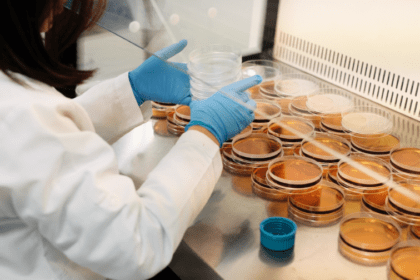
Inside laboratories, turning crab shells into food additives
When research and innovation transform sources of pollution into sustainable opportunities! ARIBiotech, funded by the ENI CBC Italy-Tunisia programme, is converting seafood waste and dredging sediments into organic packaging and dietary supplements. But where does this begin? Fish processing industries generate significant waste — heads, tails, fins, scales, bones, etc. — making up to 60% of the fish’s weight. This waste is often discarded at sea, harming ecosystems and harbours. Research shows we can reduce these negative impacts by choosing better dumping sites, finding alternative disposal methods, or turning waste into useful products. ARIBiotech chose the latter by asking themselves: How can we turn marine waste into usable products and how can entrepreneurs benefit from such scientific findings to boost the region’s economy?
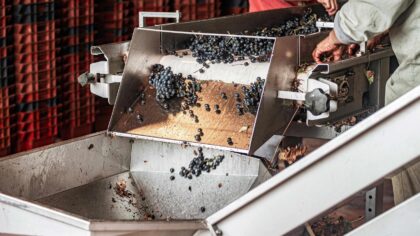
What to do with all that waste? From grapes to beauty products
TUNISIA – Grapes, the jewels of the vineyards, yield at global level approximately 74 million tons of wine each year. Yet, alongside the production of wine comes a significant by-product: pomace — a mix of peels, seeds, and stems. Typically, this pomace meets one of two fates: animal feed or open-air fertilizer at best. However, recent research reveals a hidden treasure trove within this waste. Bursting with bioactive substances like antioxidants, pomace possesses benefits ranging from anti-aging to anti-cancer properties. The ENI CBC BESTMEDGRAPE project, spanning the Mediterranean from north to south, capitalizes on this untapped resource, blending knowledge, tradition, and innovation to empower both the grape sector and creative entrepreneurs.
